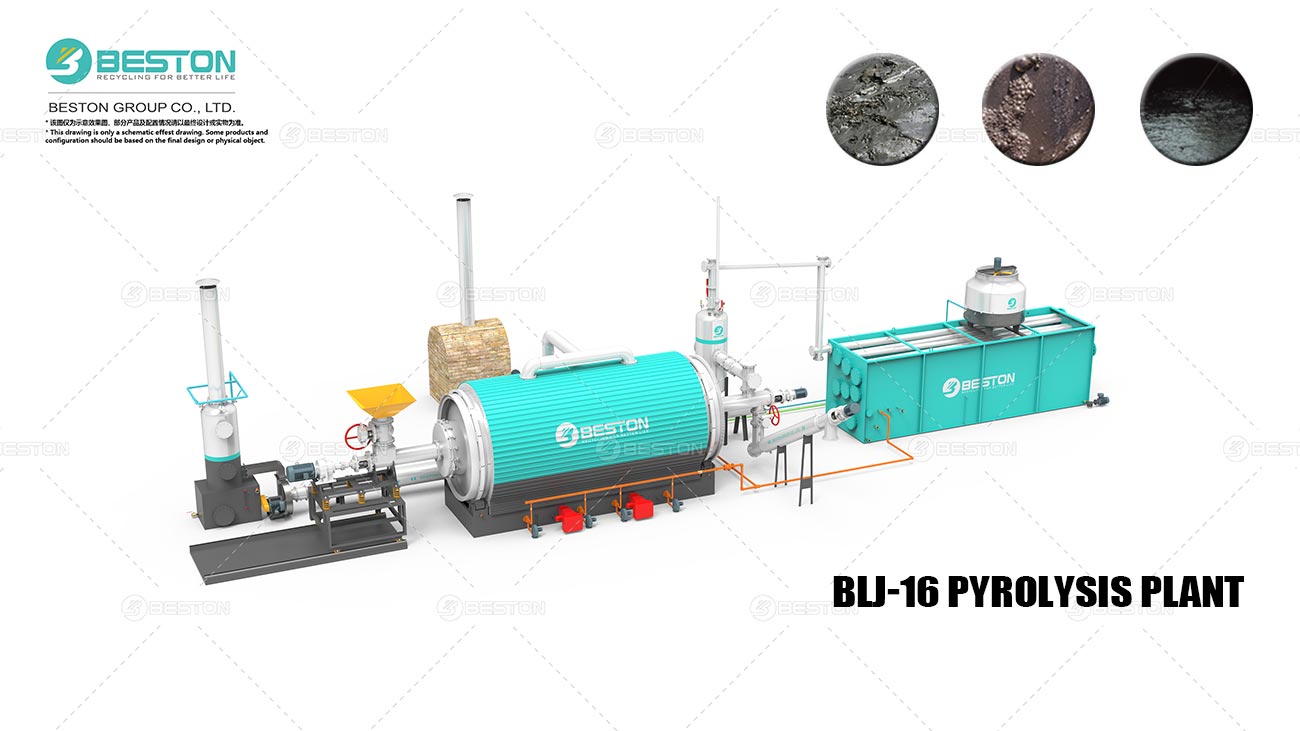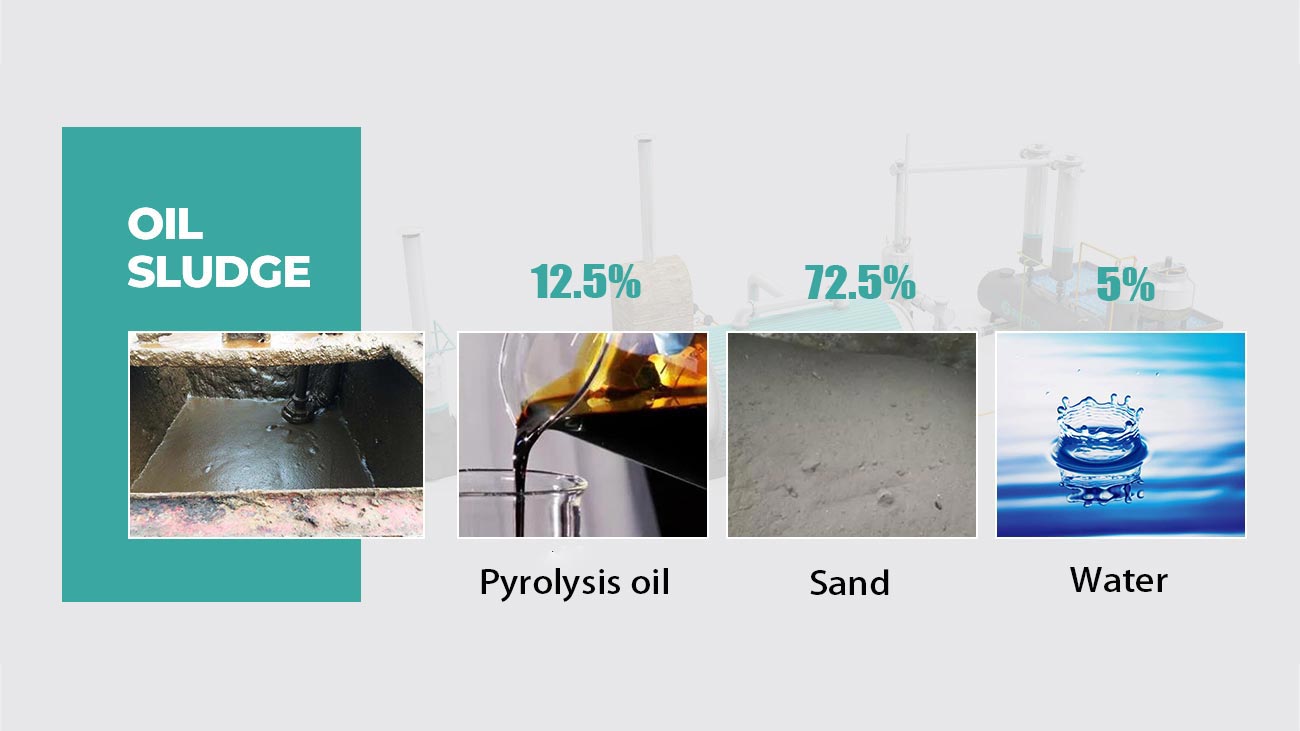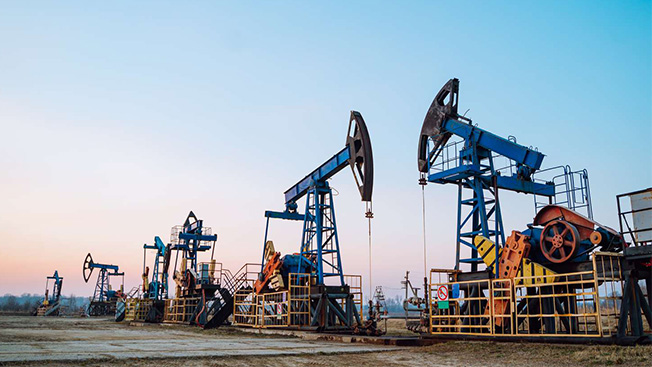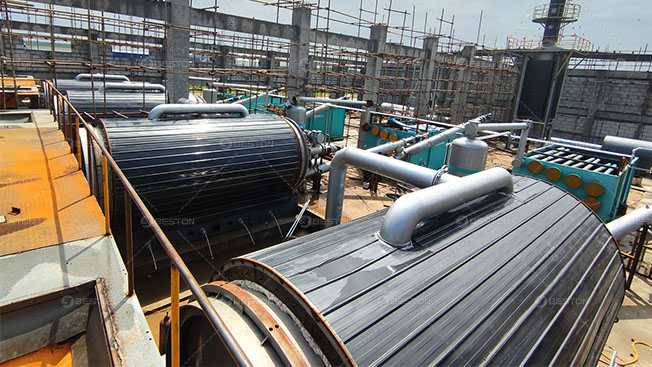In the realm of thermal desorption systems, regulatory standards serve as the guiding beacon, shaping the very essence of design and operation. These standards, often established by environmental agencies, delineate the permissible limits and requirements for emissions, waste disposal, and overall environmental impact. The stringent nature of these standards necessitates meticulous attention to detail in both the conception and execution of thermal desorption equipment.
Engineering Efficiency: The Role of Regulatory Compliance
Thermal desorption unit, commonly abbreviated as TDUs, are intricate apparatuses engineered to facilitate the remediation of contaminated soil, sludge, and drill cuttings. The amalgamation of advanced technology and regulatory compliance underscores every facet of their design and operation. From inception to implementation, adherence to regulatory standards is paramount.
Design Dynamics: Harmonizing Innovation and Regulation
The design phase of a thermal desorption plant is a meticulous process, wherein engineers meticulously dissect regulatory guidelines to integrate them seamlessly into the blueprint. Factors such as emission limits, energy efficiency, and waste management protocols dictate the specifications of the pyrolysis equipment. Innovations in thermal desorption unit price must be balanced with adherence to regulatory mandates to ensure both economic viability and environmental responsibility.

Operational Integrity: Ensuring Compliance in Action
During the operation of a continuous/batch pyrolysis plant, a thermal desorption unit for sale, regulatory standards continue to exert their influence, guiding every operational decision. Monitoring systems are implemented to track emissions and ensure compliance with established limits. Additionally, operational protocols are devised to optimize efficiency while minimizing environmental impact. The symbiotic relationship between regulation and operation is integral to the sustainable function of these units.
Environmental Remediation: Targeting Drill Cuttings
One area where regulatory standards wield considerable influence is in the treatment of thermal desorption unit for drill cuttings. Drill cuttings, laden with hydrocarbons and other contaminants, pose a significant environmental risk if not properly remediated. Regulatory bodies mandate specific treatment processes and emission thresholds for these materials, driving innovation in Tdu unit technology.

Market Dynamics: Regulatory Impact on Industry Trends
The interplay between regulatory standards and thermal desorption equipment extends beyond the confines of individual units. Industry-wide regulations shape market trends, driving demand for more efficient, environmentally friendly solutions. Manufacturers of thermal desorption plants must continually adapt to evolving standards, integrating new technologies and methodologies to meet regulatory requirements.
Conclusion: Forging a Path of Sustainability
In conclusion, regulatory standards are the cornerstone upon which the design and operation of thermal desorption units are built. From the conceptualization of equipment to its day-to-day operation, adherence to these standards is non-negotiable. As environmental consciousness continues to grow, regulatory mandates will only become more stringent, necessitating ongoing innovation in thermal desorption unit technology. Only by embracing and exceeding these standards can the industry ensure both environmental sustainability and operational efficacy. Let us assist you further at Beston Company.

